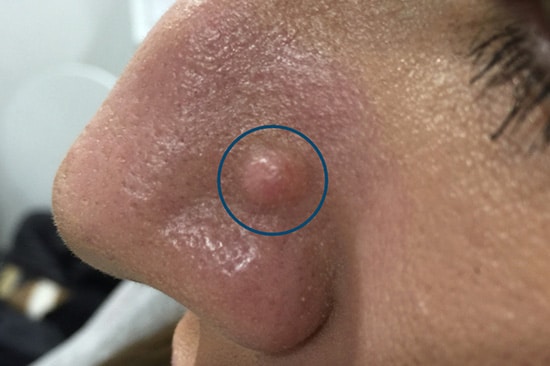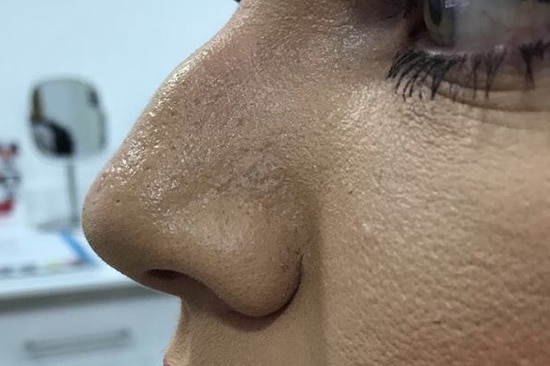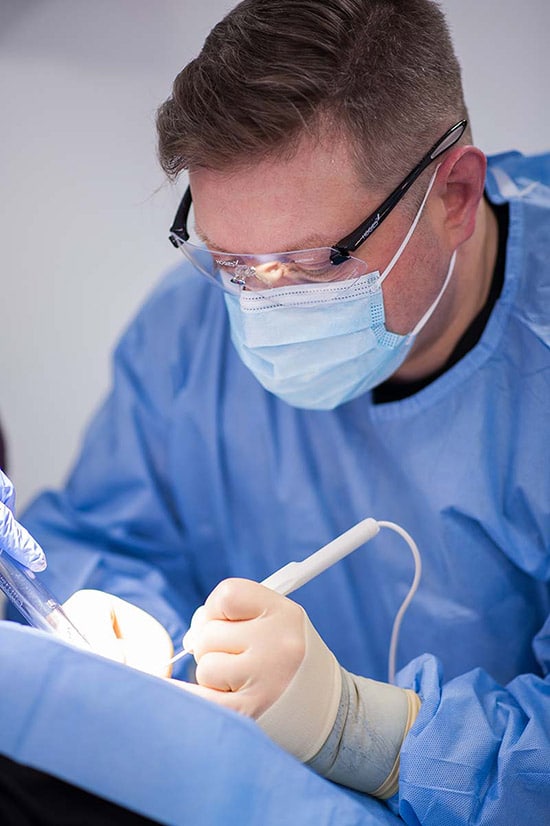Mole Removal Patient Information
About Mole Removal at the Altruderm Minor Surgery & Aesthetic Clinic
Mole removal by Dr. McDaid.


Mole removal at the Altruderm clinic begins with a thorough consultation with Dr. McDaid where he assesses the mole(s) using the latest award winning technology in dermoscopy to allow him to examine the mole in detail and determine if the mole is safe to be removed.
If the doctor considers your lesion to be benign, your options for mole removal will be discussed, including the risks and benefits of the procedure. You will be involved in making decisions about your treatment every step of the way.

The Procedure
All mole removal procedures are carried out on a day case basis under local anaesthetic. On the day of your mole removal procedure Dr. McDaid will explain exactly what he is going to do and ask you to read and sign any relevant consent forms. The local anaesthetic injection may be slightly uncomfortable but eases quickly and thereafter you should not experience any discomfort. Stitches will not be required if you are undergoing radiowave surgical mole removal and you will leave the clinic with a small dressing over each mole removal site. A follow-up appointment will be made for you for 2 weeks post-procedure and you will be given all relevant dressings and aftercare information.
Pathology Results
Pathology reports may take up to 2 weeks to be reported back to us. Once we have received your pathology results we will relay them to you and with your permission send a copy to your GP.

Mole Removal Post Procedure
Please tell the doctor as soon as possible:
- Your procedure should not stop you driving on the same day. In specific cases you will be advised accordingly.
- Many people go back to work after their procedure.
- Avoid alcohol and ideally caffeine for 24 hours after surgery.
- Avoid vigorous exercise for 1 week after surgery.
- Avoid taking Aspirin or Ibuprofen on the same day to reduce your risk of bruising or bleeding. Paracetamol can be taken regularly.
It may be easier to bring along a copy of your repeat medication to your appointment.
Caring for Your Wound After Your Mole Removal Procedure
- You will leave the clinic with a small dressing on the mole removal site(s) which should remain in place for approximately 48 hours. You will be given additional dressings should you need them. The dressing may only be a spot plaster and depends on the doctor’s assessment of your needs.
- Remove the dressing after 48 hours and allow it to dry out and granulate (form a scab). The scab may last around 2 weeks or so. Picking the scab should be avoided as this can cause scarring.
- Fresh scars, as a result of trauma or surgery, have been shown to benefit from gentle massage. You could massage the area 2 to 3 times a day for approximately 5 minutes each time.
- You may wish to consider using scar gel, such as KeloCote, information for which can be found in the clinic.
- It is important to wear a high factor (40+) broad spectrum SPF which protects against UVA and UVB rays on the area every day as melanocytes underneath the skin could be triggered by UV rays and re-pigment the skin causing hyperpigmentation.
- Cold compresses and pressure if applied for 20 minutes often stops any bleeding from your wound post-procedure.
- If the wound opens up before or after the removal of stiches contact the Altruderm clinic to have the wound checked.
- From the shoulders upwards scarring can be more pronounced. Caring for your wound is important to minimise potential scarring.
- Long term numbness to the treated area can be a consequence of surgery in some cases.
- You will be given a post procedure information leaflet with relevant contact details should you have any concerns following your surgical procedure.
